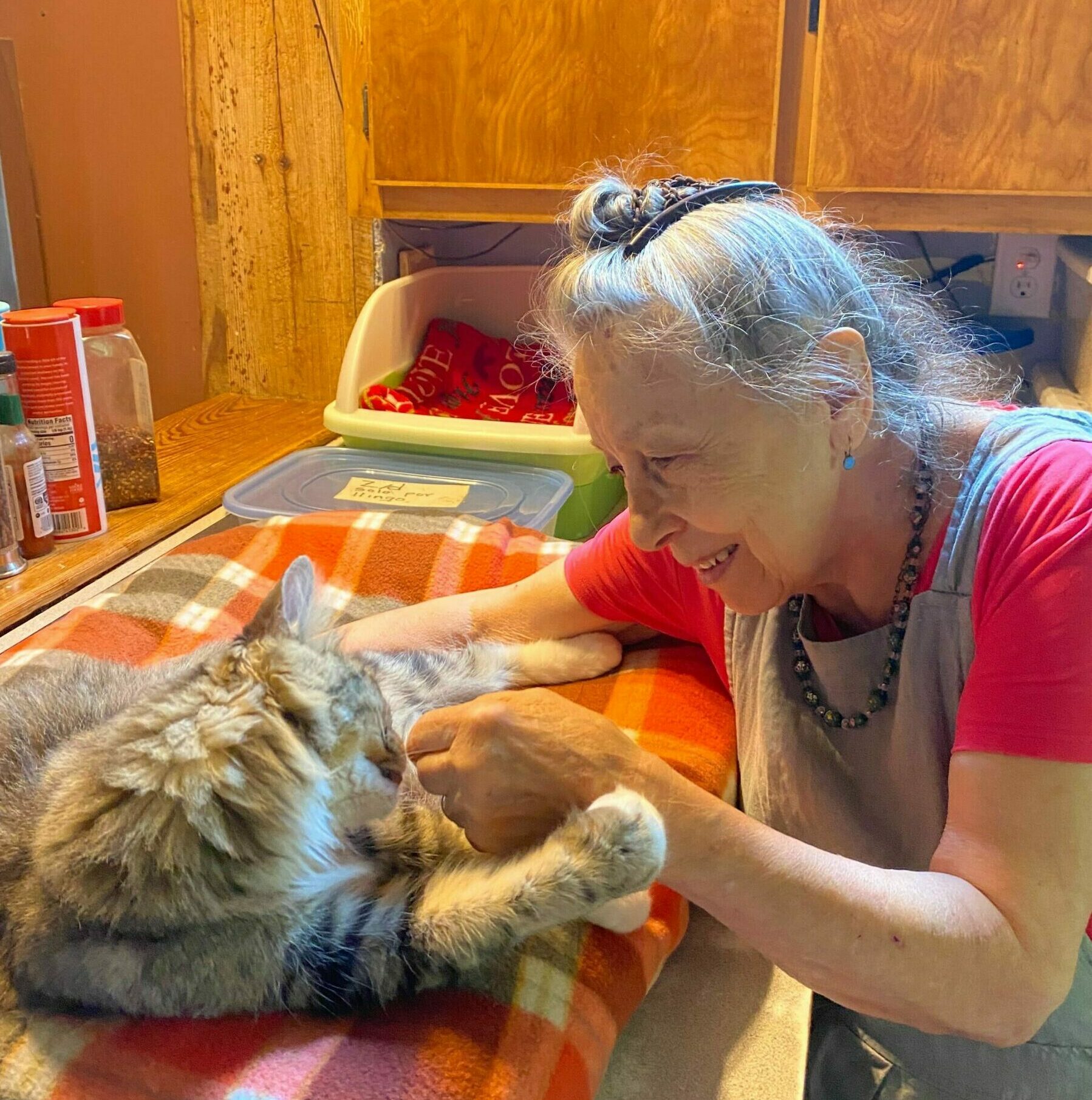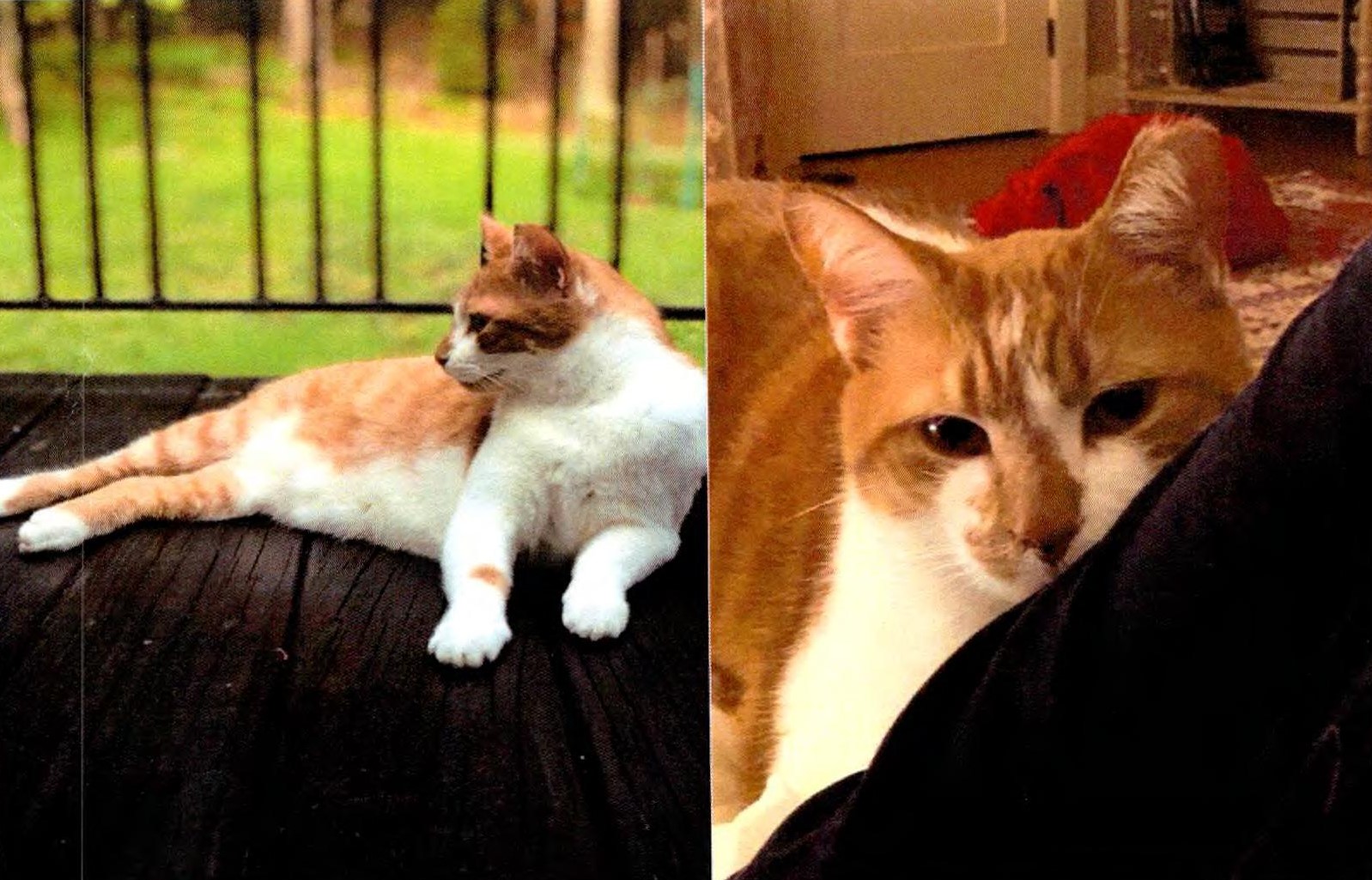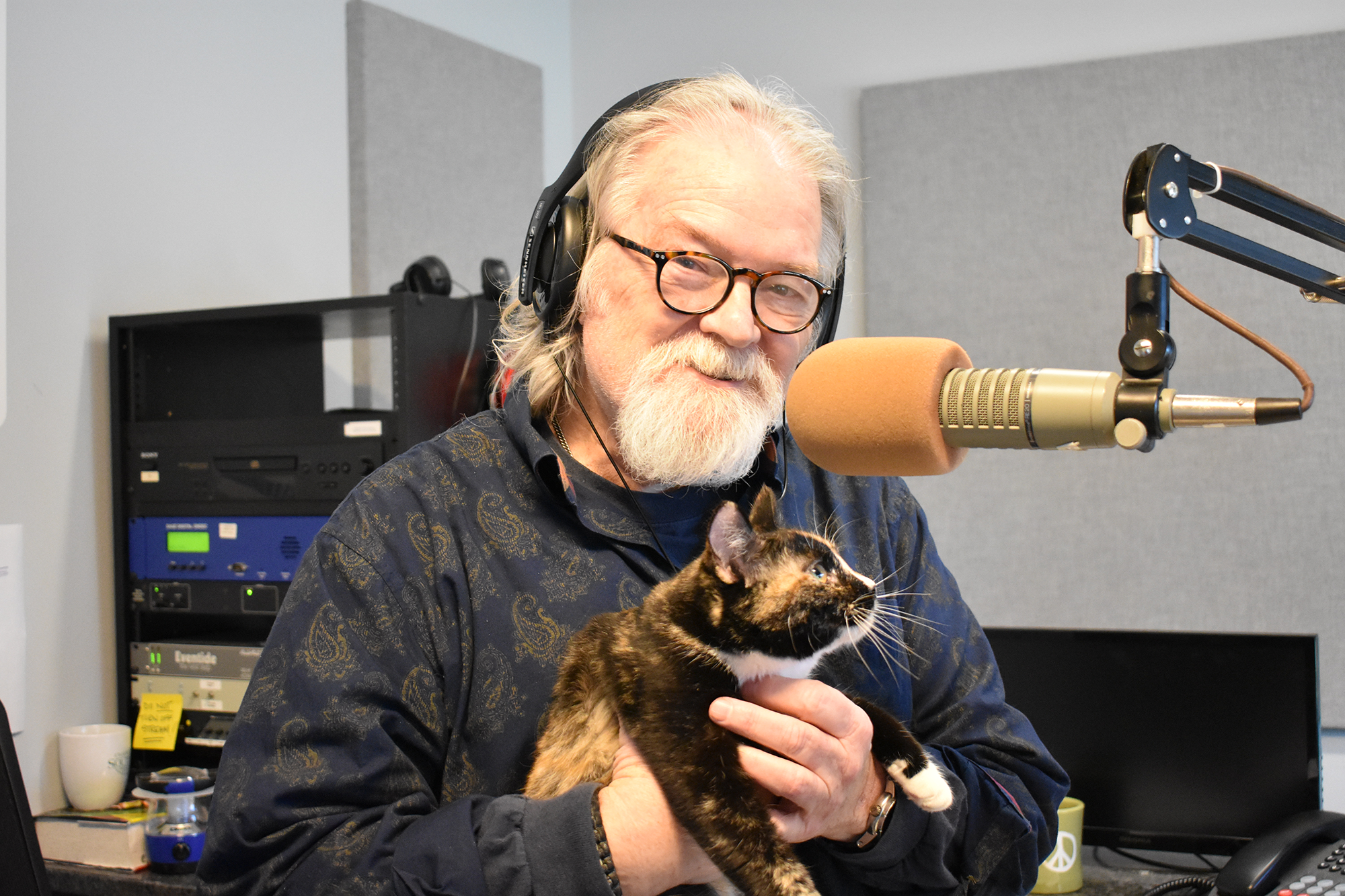
My inspirations for topics come from many sources: news articles, conversations, questions from readers, long-held passions, and occasionally random thoughts. This is a random thought week. For some reason, it occurred to me that I don’t know the history of the domestication of cats. I’m not sure why I thought about that. I don’t have a cat and I don’t especially like them. Nevertheless, I decided to follow the thought and it led me to some interesting places.
The story behind the domestication of dogs is fairly well known. Sometime around 30,000-40,000 years ago, humans started to form alliances with wolves in the hunting portion of hunting and gathering. The relationship was mutually beneficial and our ancestors began a process, intentional or otherwise, of selective breeding that resulted in increasingly calm and domesticated offspring. Over the ensuing millennia, intentional selective breeding has given us the myriad of different breeds of dogs that exist today.
So what about cats? The domestication of cats began in the Fertile Crescent – modern day Iraq – in approximately 8,000 B.C. when humans began to grow wheat and barley in amounts sufficient to provide a storable excess. The stored grain attracted rodents and the rodents attracted cats, and thus a useful human-cat alliance began. Since writing had not been invented in the Fertile Crescent in 8,000 B.C., we don’t know exactly how this relationship developed. I envision the humans putting little bowls of milk near the grain storage to attract the cats and the cats eating the mice and drinking the milk while tolerating the humans with an aloof sneer. The human-cat relationship has blossomed since then. While cats are still enlisted by some farmers to control rodents, most of the 80-90 million domestic cats in the United States are sought after as companion animals.
In the process of doing my research on the domestication of cats, I came across a number that surprised me. I knew that there were feral cats around, I see them in my neighborhood and at my farm, but there are many, many more than I had imagined. The estimates that I found suggested that there are approximately 60-70 million feral cats in the U.S., almost as many as are being kept as pets! These feral cats are the descendants of unsterilized pet cats that wandered away. Although exact data is unavailable, it is clear that their population is growing. The research also suggests that they live in communities. Somehow I find that concept to be deeply disturbing. But as I mentioned in the beginning, I am not a cat person.
If you head out to the interwebs, you will find that there is a raging controversy about what these feral cats are or are not eating. Cats are hunters. So we can say with certainty that the 60-70 million feral cats are killing an eating hundreds of millions of small animals including birds, squirrels, chipmunks, and mice every year. However, we don’t have a particularly good idea on the breakdown among these different species. Squirrels, chipmunks, and mice don’t have constituencies but birds do and so do cats. People who love birds are sure that the army of feral cats is decimating them. People who love cats are convinced that cats are pretty much leaving the birds alone since they presumably take too much energy to catch. I suspect that the answer is somewhere in between these two disparate positions.
There have been intermittent attempts over the past couple of decades to control the growth in the population of feral cats. For example, there have been initiatives to try to catch, sterilize, and release them. While these efforts are well intended, given the large number of feral cats, their reproductive capacity, and their furtive natures, it is not possible to manage their population with this approach. But while human intervention may not stem the growth of the feral cat population, Mother Nature may step in.
Feral cats are not the only animals whose population is growing across the U.S. Although no one seems to know just how many there might be, there is a strong consensus that the number of coyotes is growing rapidly in the United States and that there numbers may be at an all time high. One of the drivers of their population increase is the removal of wolves, distant cousins of modern-day dogs from the ecosystem. Coyotes have colonized many of our cities and towns as well, including Chapel Hill and Carrboro. So it occurred to me that coyotes might be feral cats as a food source. It seems that I was correct. I recent study of coyotes living in Tucson, Arizona found that 42% of their caloric intake came from eating feral cats.
If you are a long time reader, you will know that there is nothing I love more than a really slow developing story, one which is far, far to slow for other media outlets to consider. This is just such a story. Let’s consider the steps and the timeline.
- 10,000 years ago, humans domesticated cats so that they would keep mice and rats out of the grain storage.
- Humans learned to like cats, so today there are 80-90 pet cats in the U.S.
- Cats are still on the fence about living with humans and the independent minded ones have launched a feral population of 60-70 million cats. (In case you haven’t done the math, we have something like 130 million cats!)
- These feral cats would have made great food for wolves, except that we don’t like wolves so we killed most of them.
- Once we eliminated wolves from the ecosystem, we created space and opportunity for the explosion of the population of coyotes who are dining on the feral cats.
Exploring and considering dynamics likes like those outlined in the bullet points above, is one of the key reasons that I like writing Common Science®. I hope you enjoyed it as well.
Jeff Danner discussed this week’s column with Aaron Keck on WCHL.
Have a comment or question? Use the interface below or send me an email to commonscience@chapelboro.com. Think that this column includes important points that others should consider? Share a link to this column on Facebook or Twitter. Want more Common Science? Follow me on Twitter on @Commonscience.




